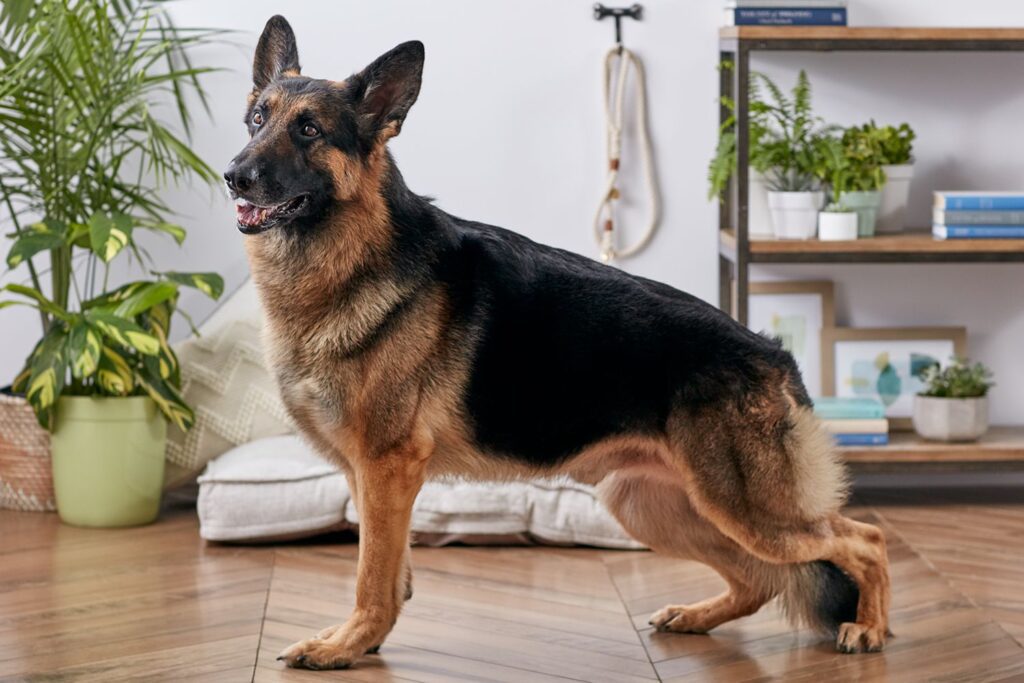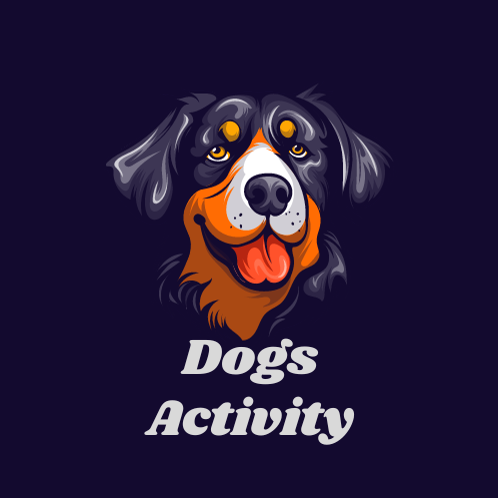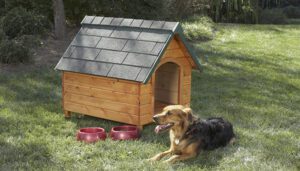
Owning a dog can be a wonderful and rewarding experience. They bring joy, companionship, and unconditional love into our lives. However, every dog owner knows that accidents can happen, and one common issue that many face is their furry friend pooping in the house. It’s important to remember that dogs don’t do this to upset their owners but may be struggling with various issues. In this article, we will discuss how to address this issue without resorting to punishment, as positive reinforcement and understanding are key to a happy and well-adjusted pet.
Understanding the Reasons Behind Accidents
Before delving into the methods for addressing this problem, it’s essential to understand why your dog might be pooping in the house. Dogs can have accidents for a variety of reasons, including:
- Medical Issues: Dogs may experience gastrointestinal problems, parasites, or other health issues that lead to unexpected accidents. If your dog’s accidents are a recent development, it’s essential to rule out any underlying medical concerns by consulting with your veterinarian.
- Lack of Housebreaking: Puppies or newly adopted dogs may not be properly housebroken. They may not yet understand where it’s acceptable to relieve themselves, or they might be too young to hold it for extended periods.
- Anxiety or Stress: Dogs, like humans, can experience stress and anxiety. Major changes in the household, such as moving to a new home, the addition of a new family member (human or pet), or even loud noises like thunderstorms, can trigger stress-related accidents.
- Aging: Older dogs may lose control over their bladder and bowels due to age-related issues such as arthritis or cognitive decline.
- Inadequate Outdoor Time: Sometimes, dogs don’t have enough opportunities to go outside and relieve themselves. This can lead to accidents inside the house.
- Marking Behavior: Unspayed or unneutered dogs may engage in marking behavior, leaving their scent in various locations to establish their territory.
It’s essential to determine the cause of your dog’s accidents before implementing any corrective measures. This will help you address the issue more effectively and with greater compassion.
Positive Reinforcement and Training
When your dog has an accident in the house, it’s crucial to avoid punitive actions or scolding, as this can create fear and anxiety, exacerbating the problem rather than solving it. Instead, opt for positive reinforcement and training techniques to encourage appropriate bathroom behavior.
- Establish a Routine: Dogs thrive on routine, so create a consistent schedule for feeding and bathroom breaks. Take your dog outside at the same times every day, providing them with ample opportunities to relieve themselves.
- Praise and Reward: When your dog successfully goes to the bathroom outside, be sure to offer praise and rewards. This reinforces the positive behavior and makes your dog associate outdoor bathroom breaks with positive experiences.
- Monitor Their Diet: Ensure your dog is on a regular feeding schedule and provide a balanced diet. Feeding at consistent times can help regulate their bathroom habits. Consult your veterinarian for guidance on the best diet for your dog.
- Supervise Your Dog: Keep a close eye on your dog, especially if they have a history of accidents in the house. Supervision allows you to catch and correct accidents before they happen and guide your dog outside if necessary.
- Use a Crate: Crating can be an effective training tool. Dogs instinctively avoid soiling their living area. A properly sized crate provides a safe and comfortable space for your dog when you cannot supervise them. Gradually extend the time your dog spends in the crate, and use it as a part of their training routine.
- Consistent Clean-Up: If your dog does have an accident indoors, it’s important to clean it up promptly and thoroughly. Use an enzymatic cleaner to remove any traces of scent that might attract your dog back to the same spot.
Understanding Your Dog’s Body Language
To prevent accidents, it’s crucial to understand your dog’s body language and recognize the signs that they need to go outside. Pay attention to these common signals:
- Sniffing: Dogs often sniff the ground or circle an area before they relieve themselves. If you notice this behavior, take them outside immediately.
- Whining or Restlessness: Some dogs become restless, whine, or pace when they need to go out. If you notice these signs, it’s time for a bathroom break.
- Frequent Potty Trips: Puppies and senior dogs may need more frequent bathroom breaks. Be attentive to their needs and adjust your schedule accordingly.
- Sudden Alertness: Your dog might become suddenly alert or focused on a particular spot, which could indicate that they’re ready to relieve themselves.
By paying close attention to your dog’s body language, you can reduce the chances of accidents and ensure they have the opportunity to go outside when needed.
Addressing Anxiety and Stress
If your dog’s accidents are related to anxiety or stress, it’s important to address the underlying issue. Here are some steps you can take:
- Create a Safe Space: Designate a quiet and secure area in your home where your dog can retreat when they feel anxious. This space should be equipped with their favorite toys, a comfortable bed, and a water bowl.
- Counterconditioning: If your dog is anxious about certain triggers, such as loud noises or strangers, use counterconditioning techniques to change their emotional response. This can involve offering treats or playing a game during the trigger to create positive associations.
- Gradual Exposure: If your dog is anxious about a particular situation, like being left alone, gradually expose them to it. Start with short periods of separation and gradually increase the time as they become more comfortable.
- Consult a Professional: If your dog’s anxiety is severe and affecting their overall well-being, consider seeking the assistance of a professional dog trainer or a veterinary behaviorist. They can provide tailored guidance and support.
Dealing with Marking Behavior
Marking behavior, especially in unspayed or unneutered dogs, can be challenging to address. Here are some strategies to manage and prevent marking:
- Spaying/Neutering: Consider spaying or neutering your dog if they are not already. This can reduce or eliminate marking behavior in many cases.
- Consistent Training: Use positive reinforcement training techniques to encourage appropriate bathroom behavior. Praise and reward your dog when they urinate outside and provide clear boundaries inside.
- Clean and Neutralize: If your dog has marked inside, clean and neutralize the area with an enzymatic cleaner to remove the scent. This will discourage them from marking the same spot again.
- Monitor Their Behavior: Keep a close eye on your dog and address any attempts to mark indoors immediately. This may involve redirecting their attention or taking them outside if they show signs of needing to urinate.
Medical Issues and Aging Dogs
For dogs with medical issues or older dogs experiencing incontinence, it’s important to approach the situation with empathy and understanding. Consult your veterinarian for guidance on how to best manage their condition. They may recommend dietary changes, medications, or other treatments to address the issue.
Conclusion
Dealing with a dog pooping in the house can be frustrating, but it’s essential to approach the issue with patience and understanding. Punishing your dog for accidents is not an effective or humane solution. Instead, focus on positive reinforcement, training, and addressing any underlying causes, such as anxiety or medical issues


